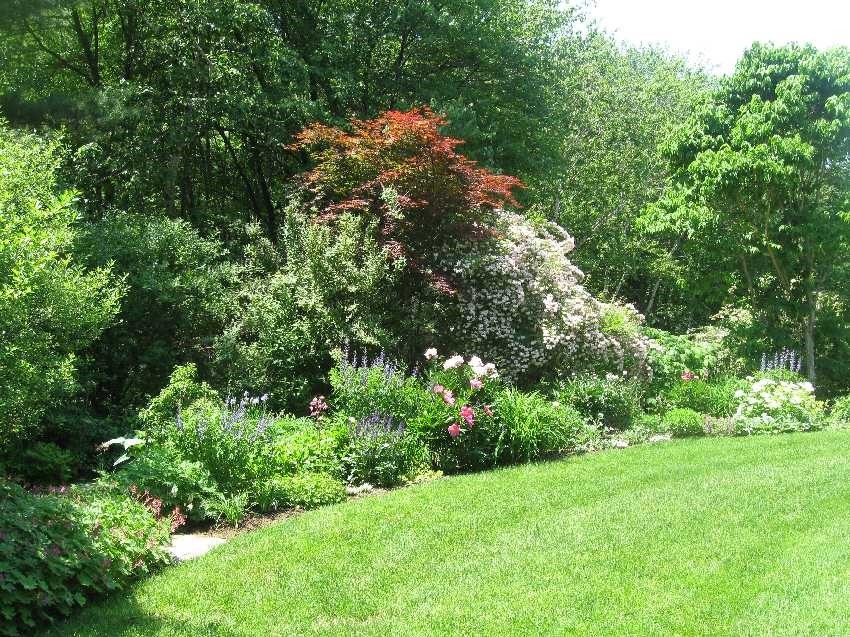I noticed my neighbors doing this in their backyard. At first, I thought it was odd and might attract unsavory characters to the neighborhood and bring down property values. Now, I'm a card carrying member of the Rewild Club. It's best to explain.
I took a hard look at my yard and ask myself…What do I want from this space?
- A peaceful shady retreat?
- Home grown food?
- Entertainment central?
- Ruckus area for kids and pets?
What do I need to make that happen? A patio, a water feature, play area, shade trees, garden plot, privacy screening, a lawn area for recreation, disco ball and dance floor, an amphitheater for Shakespeare in the Park night?
I realized that my yard was mostly seldom-used lawn and none of the other fun stuff.
Amphitheater and disco balls aside, I started to pull together a plan. The biggest surprise was how much better my yard would be if I did less work. I opted to rewild unused space. Along the perimeter of my yard I stopped mowing, I stopped raking, I stopped fertilizing, I stopped weeding, and I stopped watering. In other words, I released by inner teenager. I let trees and shrubs that popped up keep growing, and planted a few for fall color, nesting, fruit and flowers. In a few years, instead of staring at a fence that needed maintenance, I had a living screen of trees and shrubs. Birds and butterflies came back to enjoy the flowers and fruits of my lack of labor, and they turned out not to be the unsavory characters I had imagined. The shade makes hot summer days in the yard enjoyable and cuts my lawn watering in half. There still plenty of lawn for kids and pets, but now the space is a haven for the family and a little wildlife.
Tips for the would-be rewilder.
- Just mow less.
- Baby steps. Pick a small area to try first. Consider it a journey of many years, not a mountain to climb on a single trek.
- Forget tidy. Wild areas can be messy. You can keep the edges formal if you want.
- Pick up ID books for birds, flowers, and trees so you can get to know your new neighbors. Books? Did he say books? I think he meant App.
- Avoid using chemicals where the wild things are.
- Think vertically if you have a small space. Tall trees, medium sized trees, shrubs, wildflowers and grasses can call have a place in a very small area.
- Add a water feature to ramp up the wildlife appeal.
- Plant diversity is good. Variety will make the space more interesting and resistant to stressors like disease and drought.
- Speed up the process with affordable bare root trees and shrubs from your local conservation district annual tree sale.
- Avoid invaders. Learn a few of the invasive plants in your area and try to keep them out of your wild space.
- Let your neighbors know why you would do such zaniness.
